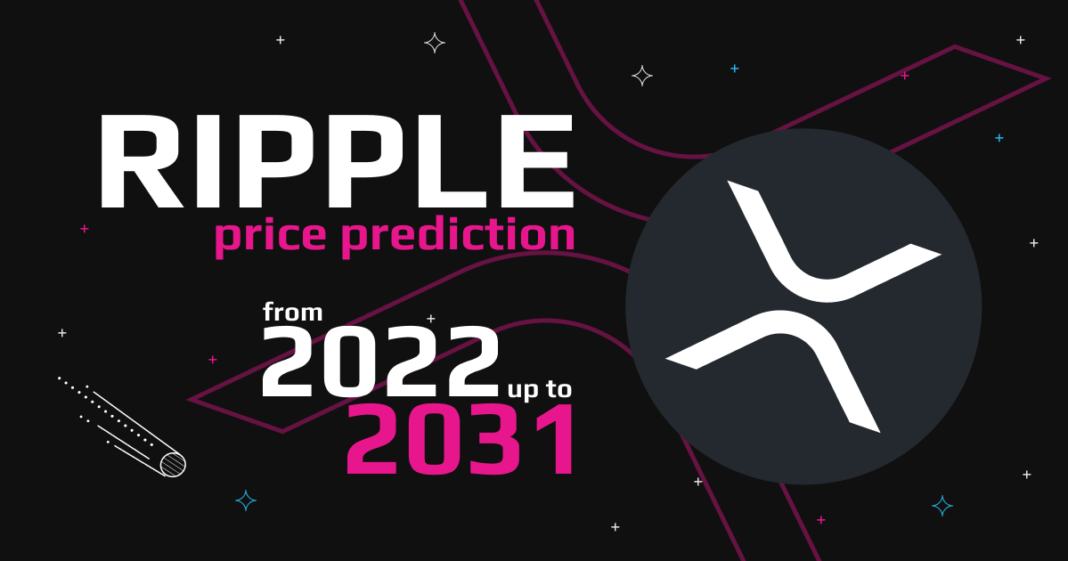Outline of the Article
- Introduction to Price Prediction of Ripple
- Understanding Price Prediction
- Factors Influencing Ripple’s Price
- Market Sentiment
- Regulatory News
- Technological Developments
- Adoption Rate
- Methods Used in Price Prediction
- Technical Analysis
- Fundamental Analysis
- Sentiment Analysis
- Historical Performance of Ripple
- Expert Opinions on Ripple’s Future Price
- Common Misconceptions about Price Prediction
- Risks Associated with Price Prediction
- Conclusion
Price Prediction of Ripple
Introduction to Ripple
Price Prediction of Ripple, a cryptocurrency known for its digital payment protocol, has garnered significant attention in the financial world. Unlike Bitcoin, which operates on a decentralized ledger, Ripple functions on a more centralized platform. Understanding the dynamics of Ripple’s price prediction requires a comprehensive analysis of various factors.
Understanding Price Prediction
Price prediction involves forecasting the future value of an asset based on various indicators and historical data. While it’s not an exact science, it provides insights into potential market trends and investor sentiment.
Factors Influencing Ripple’s Price
Market Sentiment
The sentiment of traders and investors plays a crucial role in determining Price Prediction of Ripple. Positive news and developments often lead to a surge in demand, driving prices higher. Conversely, negative sentiment can trigger sell-offs, causing prices to drop.
Regulatory News
Regulatory decisions and announcements impact the cryptocurrency market, including Ripple. Changes in regulations can either boost confidence in the asset or create uncertainty, influencing its price trajectory.
Technological Developments
Ripple’s technology and platform enhancements can affect its price. Upgrades, partnerships, and innovative solutions often attract investors and contribute to price appreciation.
Adoption Rate
The adoption of Ripple’s technology by financial institutions and businesses can significantly impact its price. Increased adoption leads to higher demand, which typically results in price appreciation.
Methods Used in Price Prediction
Various methods are employed to predict Ripple’s price:
Technical Analysis
Technical analysts study price charts and trading volumes to identify patterns and trends. They use indicators like moving averages, RSI, and MACD to make predictions about future price movements.
Fundamental Analysis
Fundamental analysts assess factors such as Ripple’s technology, adoption rate, competition, and regulatory environment to determine its intrinsic value and future prospects.
Sentiment Analysis
Sentiment analysis involves gauging public sentiment through social media, news articles, and forums. Positive sentiment can indicate bullish trends, while negative sentiment may signal potential downturns.
Historical Performance of Ripple
Analyzing Ripple’s historical price movements provides valuable insights into its volatility and market behavior. Historical data helps traders and investors identify patterns and make informed decisions.
Expert Opinions on Ripple’s Future Price
Experts and analysts often provide forecasts and opinions on Ripple’s future price. While opinions may vary, they offer valuable perspectives on potential market trends and developments.
Common Misconceptions about Price Prediction
Price prediction is often subject to misconceptions, including:
- Believing that price prediction is always accurate
- Relying solely on technical analysis for predictions
- Ignoring fundamental factors influencing price movements
Risks Associated with Price Prediction
Price prediction carries inherent risks, including:
- Market volatility and unpredictability
- External factors such as regulatory changes
- Overreliance on speculative forecasts
Conclusion
Price Prediction of Ripple involves analyzing multiple factors, including market sentiment, technological developments, and adoption rates. While various methods exist, it’s essential to consider the inherent risks and uncertainties associated with price prediction.
FAQs
- Is price prediction for Ripple always accurate? Price prediction is not always accurate and should be viewed as speculative.
- What are the common methods used in price prediction? Technical analysis, fundamental analysis, and sentiment analysis are commonly used methods.
- What factors influence Ripple’s price? Market sentiment, regulatory news, technological developments, and adoption rates are key influencers.
- Are there risks associated with price prediction? Yes, risks include market volatility, regulatory changes, and overreliance on speculative forecasts.
- How can investors mitigate risks in price prediction? Diversification, staying informed, and conducting thorough research can help mitigate risks associated with price prediction.

